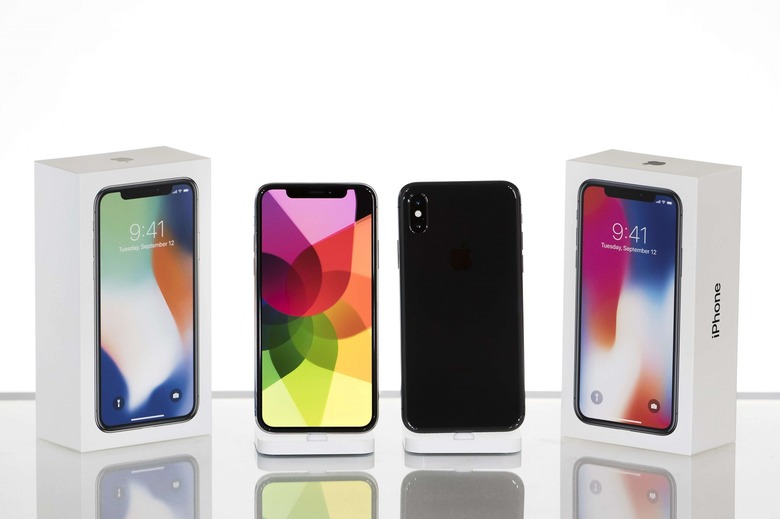Apple Paid Samsung A $950 Million Penalty After Buying Fewer OLED Panels Than Expected
- Apple paid Samsung $950 million after purchasing fewer OLED displays than anticipated during Q2.
- The payout suggests that iPhone sales during the June quarter will be quite low.
- Some analysts believe the forthcoming iPhone 12 release will help Apple whether the economic impact of the coronavirus.
Apple this year paid Samsung a hefty fee for not buying enough OLED panels during the second quarter of 2020. The news comes from analysts at Display Supply Chain Consultants (DSCC) who estimate that Apple's payout to Samsung was somewhere in the range of $950 million.
Samsung a few days ago did reveal that it received a one-time gain with respect to its display division during the June quarter. The South Korean-based tech giant, however, didn't provide further specifics as to the payout amount or reveal where it came from. The DSCC report, therefore, helps us fill in some gaps.
The report reads in part:
Samsung reported that its estimate of operating profit included a one-time gain related to its display business, according to a report at wsj.com, but did not disclose the amount. Last week theelec.net reported that Samsung Display is believed to have received KRW 900 billion from Apple for purchasing fewer OLED smartphone panels than required, but DSCC sources suggest that the payment is closer to US$950 million. The Apple payment likely turned what otherwise would have been an operating loss for display devices into an operating profit.
What's particularly interesting is that Apple paid Samsung a similar penalty last year for the exact same reason.
All told, the larger takeaway here is that Apple purchased far fewer OLED displays than anticipated because iPhone sales took a huge dive relative to initial expectations. Hardly a surprise, the coronavirus a few months back forced Apple to effectively close all of its stores across the globe. And while many international store locations have since reopened, Apple was recently forced to re-close dozens of stores in U.S. states where the number of new coronavirus cases is surging.
Compounding matters is that the coronavirus has had a staggering impact on the U.S. economy. Unemployment in recent months hit unprecedented highs, which is to say purchasing a new luxury item like the iPhone simply isn't a priority for most Americans these days. The retail store closings, coupled with the economic impact of the coronavirus, certainly help explain why Apple ordered fewer OLED displays than anticipated.
Looking ahead, it remains to be seen how the coronavirus will impact the iPhone 12. Especially with the coronavirus surging across a number of southern states, the United States as a whole is still a long ways away from moving past the coronavirus. Just this weekend, Florida reported more than 15,000 new coronavirus cases, a figure which is higher than we've seen from any one state since the pandemic began in March.
All the while, shares of Apple have been rising steadily over the past few weeks amid optimism that the 5G-enabled iPhone 12 will be a huge hit amongst consumers. Over the last two months alone, Apple shares have skyrocketed by nearly 70 points. Earlier today, Apple shares hit a new intraday record of $399 per share before closing out the day at $381 per share.
